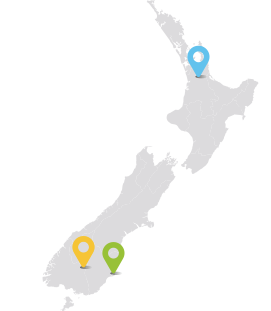What is the difference between hazard management and risk management?
The Health and Safety at Work (HSW) Act 2015 has prompted a shift in thinking from hazard management to risk management. A hazard is anything with the potential to cause harm, including people's behaviour. The concept of risk is not new but it is a new focus for health and safety thinking.
Barnaby Pace has researched risk within the health and safety context and reported to a safety psychology conference last year on this change in focus. Risk is a much broader concept; it takes into account not just the hazard but also the likelihood of harm occurring and how serious that harm could be.
It also means that the four approaches to risk management are now relevant to health and safety: to avoid the risk, to reduce the risk, to share or transfer the risk, or to accept the risk. And there are potentially more ways that the risk could be avoided. For example loose wiring on the floor is a hazard. The risk is that a person trips on the wiring and falls, hurting themselves as a result. The risk could be avoided by dealing with the hazard (moving or securing the wiring), but it could also be avoided by ensuring that people don't walk where the wiring is, taking into account of course the likelihood that people will tend to take the shortest route....
Barnaby believes that many health and safety practitioners will already be managing risks rather than hazards, but the legislation has now been realigned to require this mindset.
- Contact Barnaby Pace



